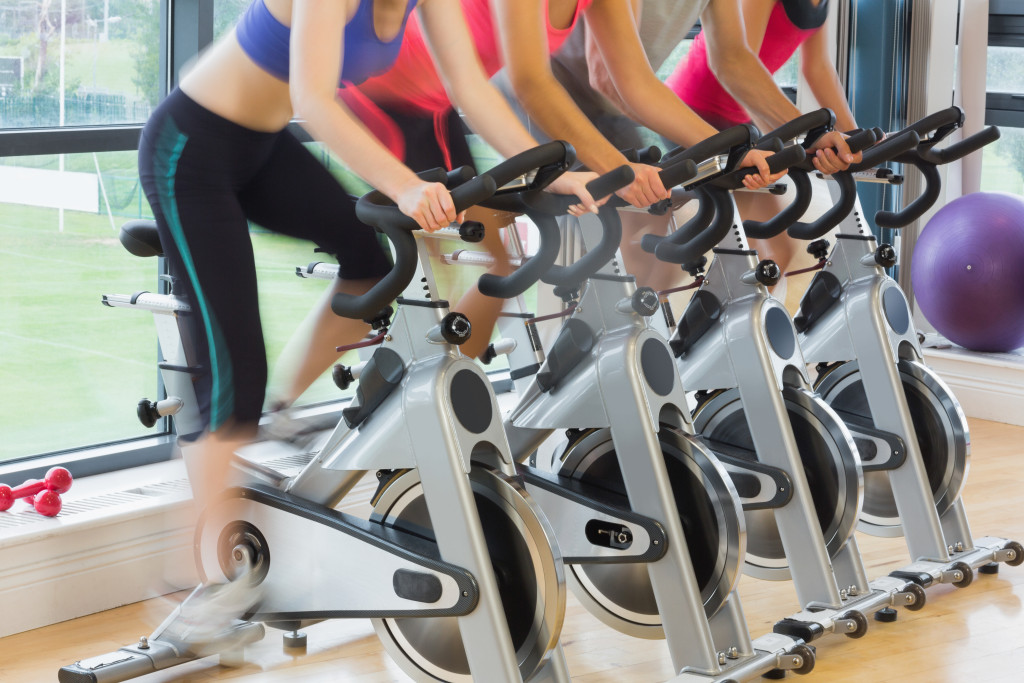There are pros and cons to consider when it comes to having an active lifestyle. On the one hand, being involved has many benefits: you’ll have more energy, be less likely to get sick, and probably lose weight. On the other hand, there are some drawbacks to an active lifestyle. For example, it can be hard to find time for exercise when you’re busy, and sometimes being active can lead to injuries. Therefore, it’s crucial to weigh the pros and cons of an active lifestyle before deciding.
What Constitutes An Active Lifestyle?
There are different ways to be active, so it’s essential to find an activity that you enjoy and that fits into your schedule. Some people like to go to the gym, while others prefer taking walks or running outside. There are also many sports and classes you can take (such as yoga or dance) if you’re looking for a way to be active with others. The important thing is that you find an activity that works for you.
How to Get Started
If you’re not used to being active, it can be hard to get started. An excellent way to ease into an active lifestyle is by starting with small goals. For example, if you want to start running, you could start by running for one minute a day and then gradually increase the time you run each day. It’s also important to be patient with yourself and not expect to see results overnight. An active lifestyle is a long-term commitment, so taking things slowly at first is essential.
Benefits Of An Active Lifestyle
Below are some of the benefits you can experience if you lead an active lifestyle:
Weight loss
If you’re looking to lose weight, being active is a great way to do it. Exercise burns calories, so the more active you are, the more weight you’ll lose.
More energy
When you’re active, your body releases endorphins, which give you a boost of energy. You’ll also be less likely to feel tired during the day if you’re active.
Better sleep
Another benefit of being active is that it can help you sleep better at night. If you have trouble sleeping, a moderate amount of exercise can help you fall asleep and stay asleep.
Stronger muscles and bones
Exercise also strengthens your muscles and bones. This is especially important as you get older when your bones weaken.
Improved mental health
Being active can also improve your mental health. Exercise has been shown to reduce stress and anxiety, and it can also help you feel more connected to others.
Reduced risk of chronic diseases (such as heart disease and diabetes)
Lastly, being active can reduce your risk of developing chronic diseases. This is because exercise lowers your blood pressure and cholesterol, which can help prevent heart disease.
Drawbacks Of An Active Lifestyle

There are also some drawbacks to being active that you should be aware of:
Injuries
One of the biggest dangers of being active is that you’re at risk of sustaining an injury. This is especially true if you’re not used to being active or if you push yourself too hard.
For instance, most people who play rough sports like football might end up needing knee injection services to keep playing. It’s always best to ease into an active lifestyle so you don’t get injured and have to stop altogether.
Time commitment
Another downside of being active is that it can take up a lot of time. It can be hard to find time for exercise if you’re busy. This is why it’s important to find an activity that you enjoy and that fits into your schedule.
Cost
Lastly, being active can also be expensive. If you join a gym or take classes, you’ll have to pay for it. And if you play sports, you might need to buy equipment or pay league fees.
How Do I Know If An Active Lifestyle Is Right For Me?
There are a lot of different factors to consider when deciding if an active lifestyle is right for you. Some people thrive on being active, while others find it to be a chore. There’s no right or wrong answer, so it’s important to figure out what works for you.
Some things to consider include:
How much free time do you have?
If you have a lot of free time, you might be able to commit to being active. But if you’re busy, you might want to find an activity that doesn’t take up too much time.
How much money are you willing to spend?
As mentioned above, being active can be expensive. If you’re not willing or able to spend money on it, you might want to find a cheaper activity.
What are your goals?
Are you looking to lose weight or improve your mental health? Or are you just looking for something to do? Your goals will help you figure out what kind of activity is right for you.
No matter what, there are plenty of ways to be active. It’s just a matter of finding what works for you.




